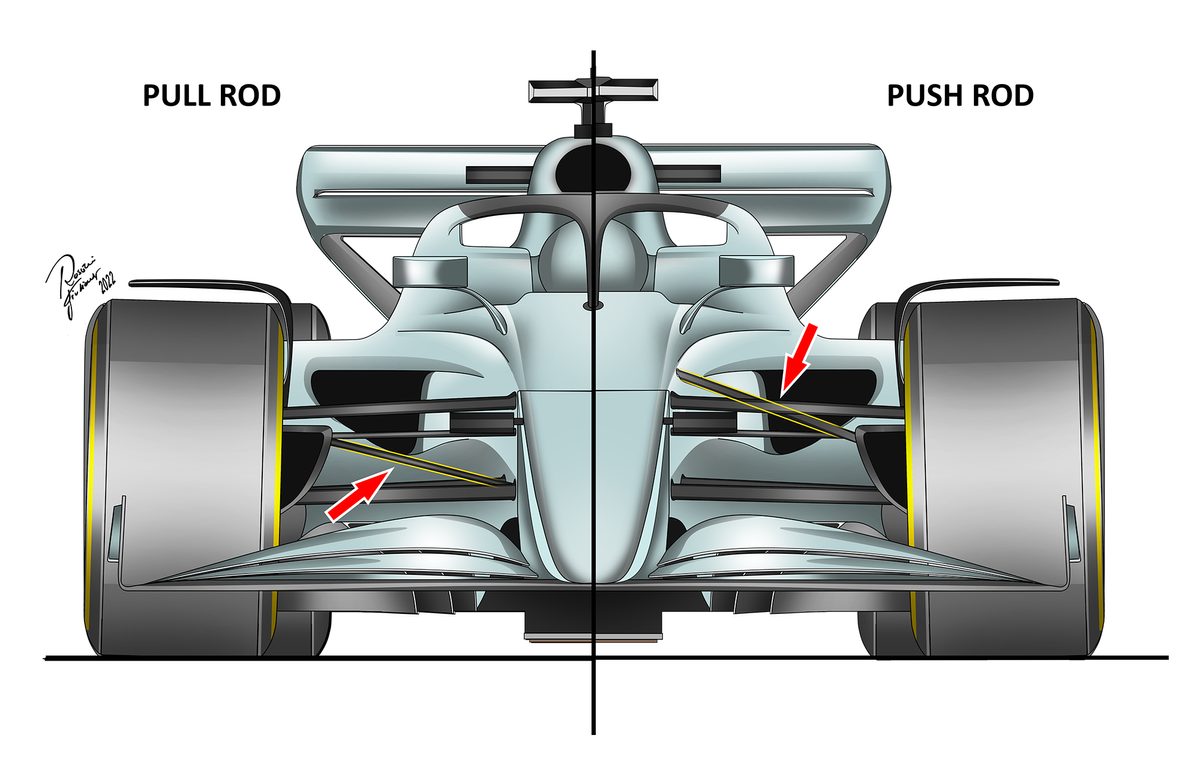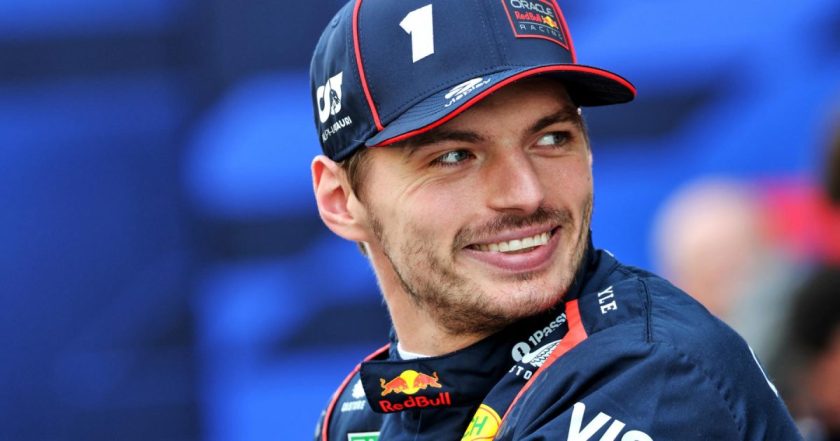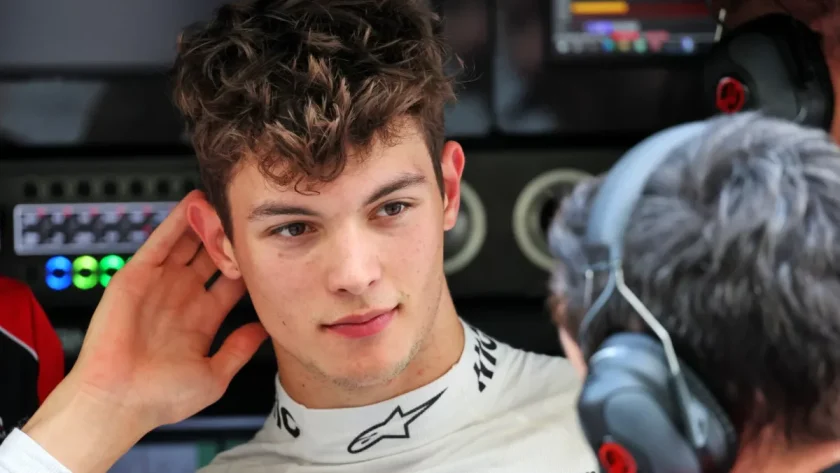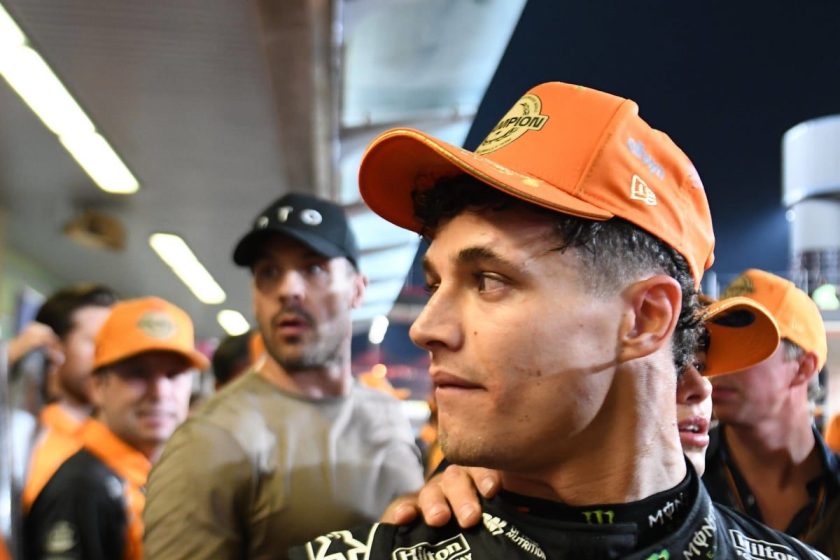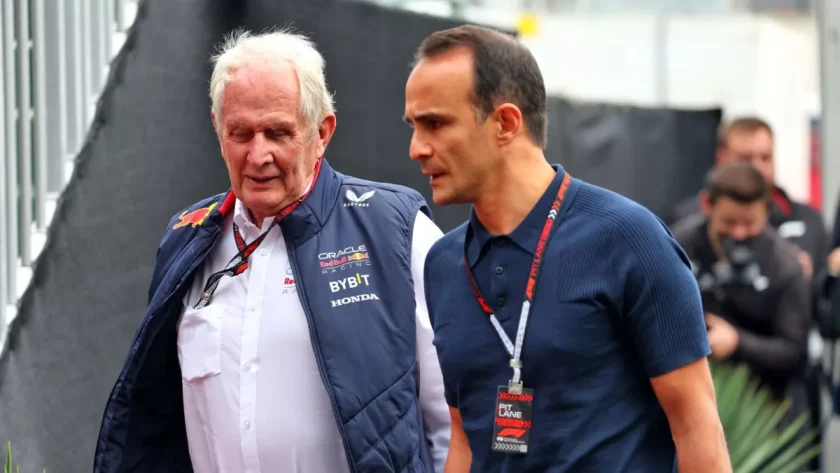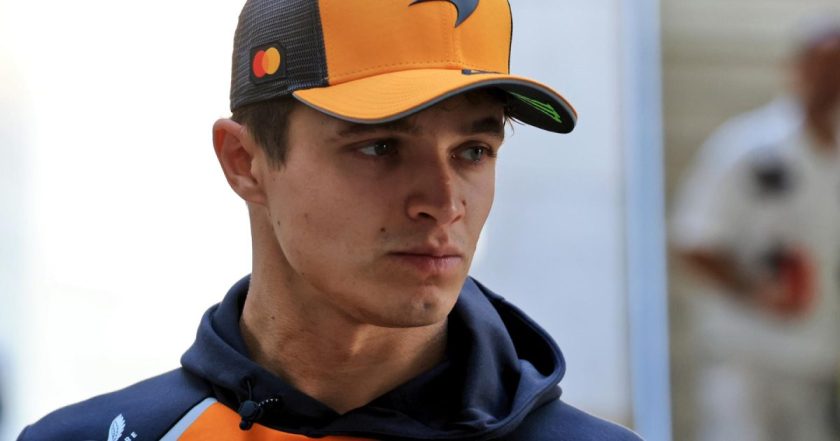P1racenews AI automatic summary:
Ex-F1 technical director Gary Anderson explains a key choice that still splits the grid and where Ferrari is expected to make a big change
When developing a new package to comply with current or new regulations, the front and rear suspension layout is a crucial topic during the initial design meetings for all Formula 1 teams. Choosing between pushrod or pullrod suspension systems and understanding their respective advantages and disadvantages significantly impacts the overall structure and component positioning of the car. The decision made early on is vital for the aerodynamic concept, as the front suspension layout influences the aerodynamic map produced by the underfloor as the car’s ride height changes with speed and rake adjusts under braking and acceleration, especially between flat bottom and ground effect cars. The pushrod or pullrod serves as the suspension member linking the wheel assembly to the inboard suspension system, affecting the wheel’s reaction to bumps through either push or pull movements. Observing leading cars’ choices between pullrod and pushrod suspension systems from the early-2024 season reveals a 50/50 split in preferences. The suspension members play a dual role by not just holding the wheels but also managing airflow off the front wing, necessitating minimal blockage to ensure optimal wing performance. Ferrari’s decision to shift from a pushrod to a pullrod system in 2025 demonstrates a strategic move towards improving aerodynamic efficiency and front wing performance.
